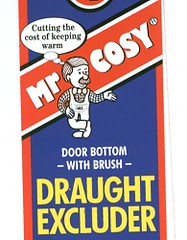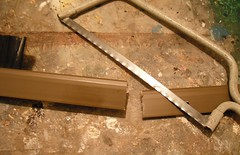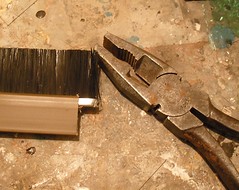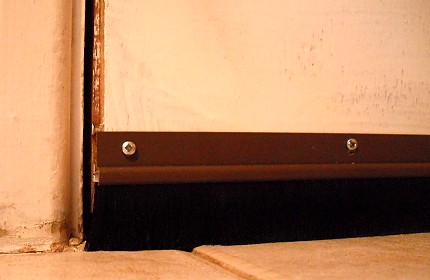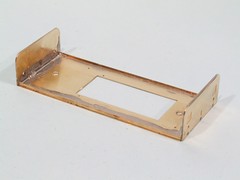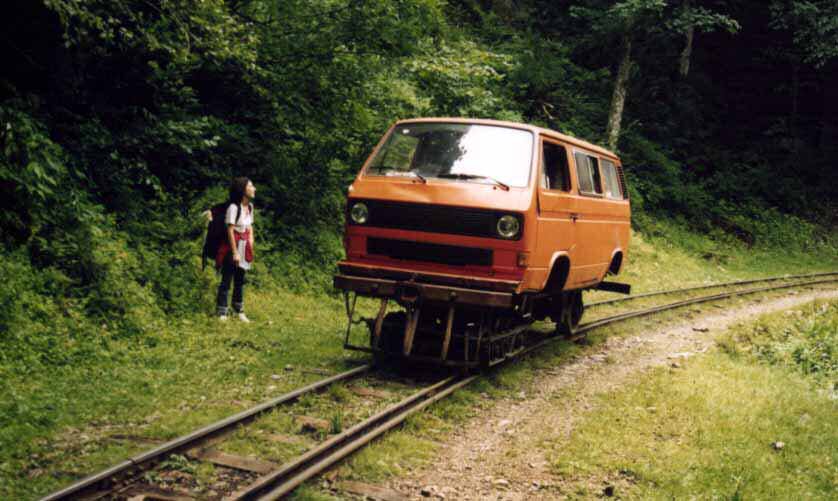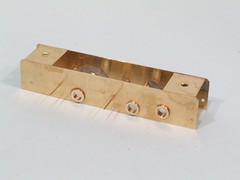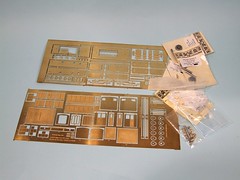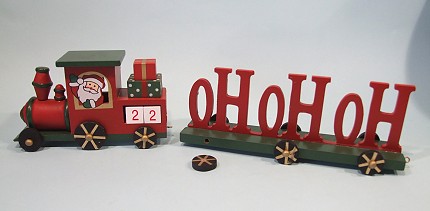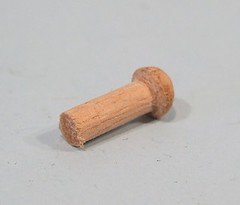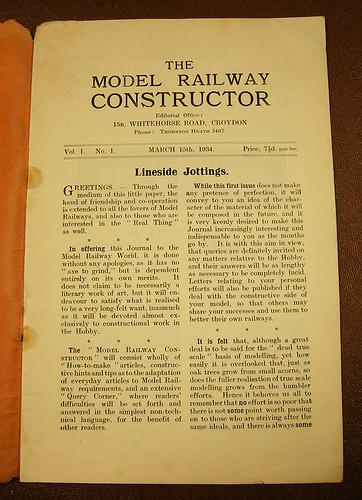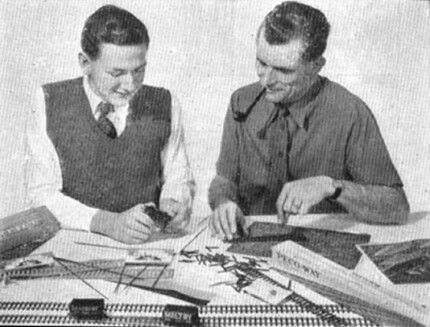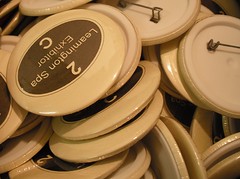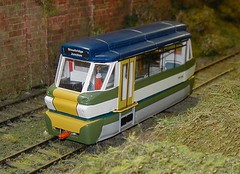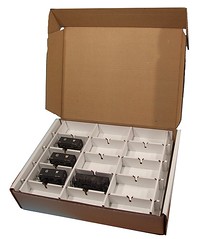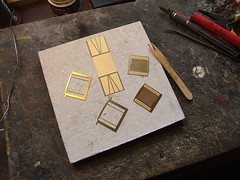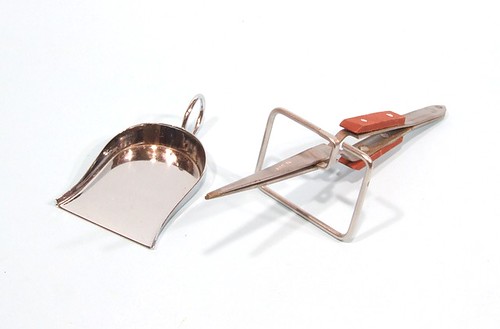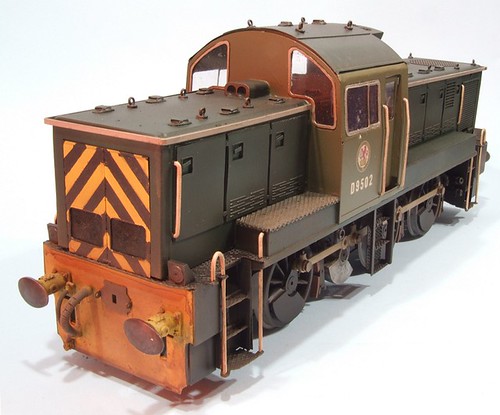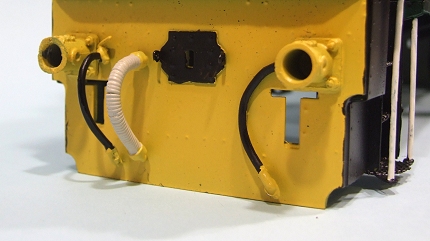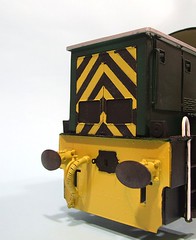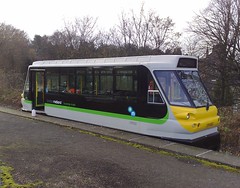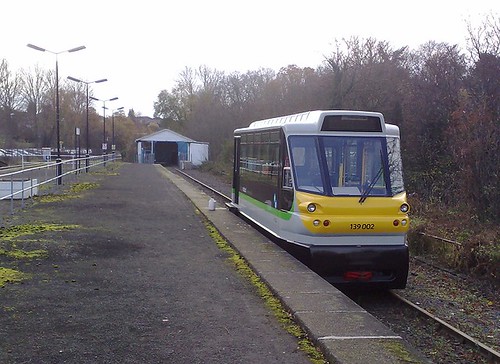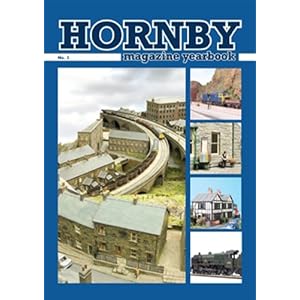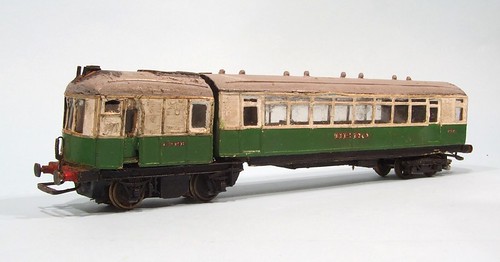The cold weather has finally killed the battery in my Peugeot 206. If left a couple of days the engine cranked asthmatically and would fail to start. Charging it up again would give me another day or so's grace but this couldn't go on. Time to swap the heavy lump for a good one.
To be fair I have no idea how old this battery was and I'm not using the car very much at the moment, so it's not a huge problem but when I do need to drive I prefer not to have to plan a few hours ahead to ensure my portable electric supply is full.

First up, access the battery. Pull the lever found in the wall of the passenger foot well to pop the bonnet and then at the front of the car release the catch by pulling up the plate just above the nose badge. Finding this always takes me a bit of scrabbling around but don't try and force things - if you do manage to open it then you'll have broken something.
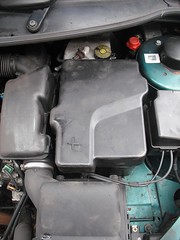
The battery live under a plastic cover on the right hand side of the engine. This pulls off revealing to top of the battery and the strap that retains it. If the cover is missing, try and get a replacement. Bridging the terminals on a car battery can cause a fire - I once spotted a woman looking at the back of her Golf which had flames coming out. She was carrying golf clubs and a motorised trolley. To put this in the back of the car she'd taken the battery out and put it in the boot first. The clubs had rolled on top of it and voila, flambe VeeDub. Luckily I stopped with a little fire extinguisher and dealt with the flames but it taught me that car batteries should be covered !
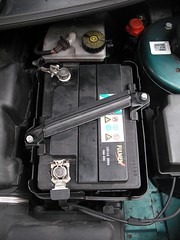
The strap has to be removed by undoing the two 10mm blots on either side. Put these and the metal strap to one side, the upturned plastic cover is good for this. If they are stiff, spray penetrating oil or WD40 over them and let it soak in. Don't force these as they are set in breakable plastic.
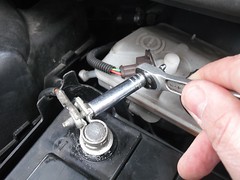
Next use an 8mm spanner to disconnet the negative terminal. Tuck the lead out of the way down the side of the box. You don't want it finding its way back to the terminal earlier than expected but this can happen as the leads are stiff. The negative (-) should apparently be taken off first to avoid the chance of short circuits.
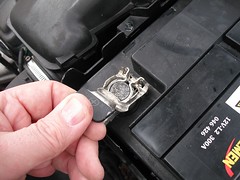
The positive terminal is a lift off connector, just pull the plastic tab up and it should snap clear.
Next lift the battery out and drop a new one in.
Easy you would think except that when I tried it I found the the new battery was shorter than the old one. It seems that the books all suggest the shorter battery for a 1.6 206. Use this though and it will slide back and forth in the box every time you accelerate or break. I couldn't get the leads to streatch either.
The man at Halfords suggested I could cut the box down in some way, which worried me as I can't for the life of me see how you are supposed to make it 4cm sorter !
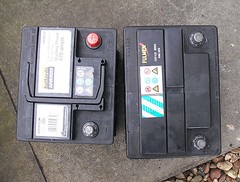
Looking at the two batteries side by side shows the problem clearly enough.
Anyway, I went shopping looking for a 24cm long battery offering at least 300A. After visiting a couple of places I found one that offered 450A (this is the max current available) the right size. This dropped back in the box and the strap was replaced to stop it moving up and down. This is a requirement for an MOT so don't leave it off. Again, do not do up the retaining bolts too tightly, I found finger tight plus a tiny bit to be enough.
Put the positive terminal (+) back on followed by the negative. There might be a slight spark when the metal touches but I ignored this as I assume it to be the electronics getting power. Snap the cover back on and test the starting. If all is OK the car should turn over nicely (mine did) and all will be well.
Now you need to unlock the radio.
Legal note: This is an accurate description of what I did. I am not a professional mechanic and these notes are offered for entertainment only. If you chose to follow them and things don't work, it's not my fault. Sorry. If you are at all unsure then get a professional to do the job.
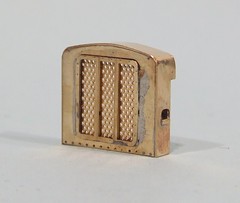 In this weather, building an extra radiator seems like a really good idea !
In this weather, building an extra radiator seems like a really good idea !
